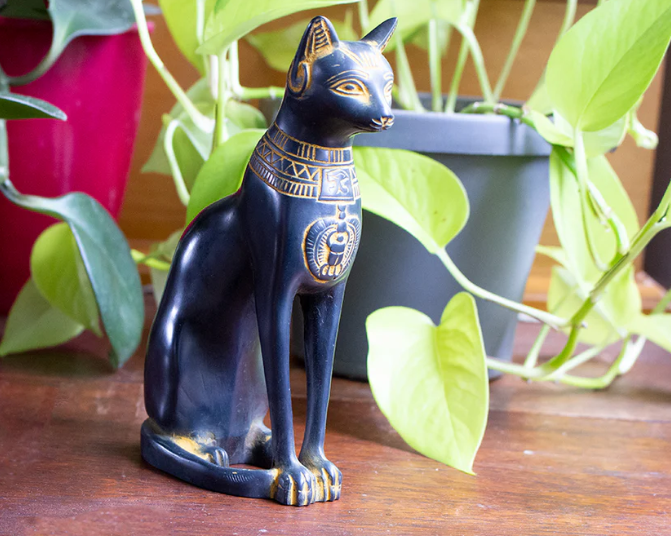The fascination with ancient mythical figures continues to captivate people worldwide, and the Egyptian goddess Bastet is no exception. Known as the goddess of home, fertility, and domesticity, Bastet is often depicted as a lioness or a woman with a lioness’s head, symbolizing protection and nurturing. Her deep-rooted association with cats has not only made her a beloved ancient figure but also an enduring symbol in modern culture. Here, we explore some of the top collections highlighting Bastet and her feline companions, showcasing the rich artistry and history behind these remarkable pieces.
1. The Louvre’s Collection of Egyptian Antiquities
The Louvre Museum in Paris boasts one of the most extensive collections of Egyptian antiquities, including several invaluable pieces dedicated to Bastet. Among these artifacts are intricate statues and amulets featuring the goddess, providing insight into ancient Egyptian worship. Visitors can marvel at a stunning bronze statuette of Bastet, which embodies the detailed craftsmanship of the era. The museum’s collection offers a unique opportunity to understand how cats and the goddess were revered in ancient Egyptian society, enriching our appreciation for these historical connections.
2. The British Museum’s Egyptian Gallery
The British Museum’s Egyptian Gallery is another treasure trove for enthusiasts of Bastet and feline-themed artifacts. Here, guests can explore a variety of items ranging from carved stone figurines to jewelry adorned with her likeness. Of particular interest is the museum’s collection of cat mummies, which highlights the sacred status of cats in ancient Egypt, often believed to house the spirit of Bastet. The well-curated exhibits paint a vivid picture of the goddess’s role in daily life and spirituality, making it an essential stop for anyone interested in Egyptian mythology and culture.
3. Online Collections and Digital Exhibits
In addition to physical museums, many institutions now offer online collections and digital exhibits featuring Bastet. Websites like the Metropolitan Museum of Art and the Oriental Institute at the University of Chicago provide virtual tours and high-resolution images of their artifacts dedicated to the goddess. These digital resources make ancient Egyptian culture more accessible than ever, allowing audiences worldwide to explore the significance of Bastet and her feline counterparts from the comfort of their own homes. Engaging with these collections online fosters a deeper understanding of ancient artistry and its relevance today, especially for cat lovers and mythology enthusiasts alike.
In conclusion, the legacy of Bastet continues to inspire fascination and reverence for her feline companions. Exploring these top collections offers invaluable insights into ancient Egyptian culture, where cats symbolized protection and nurturing through the goddess. Whether you visit a museum in person or explore digital exhibits online, there is much to discover about this captivating deity. So why not dive deeper into the world of Bastet and celebrate her enduring significance today?

